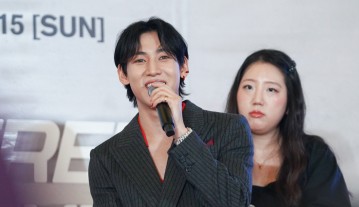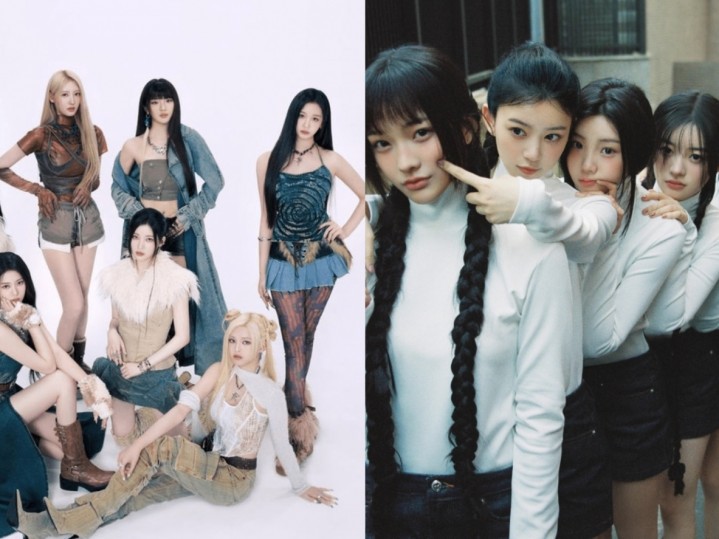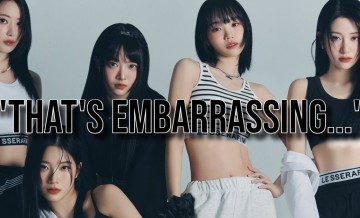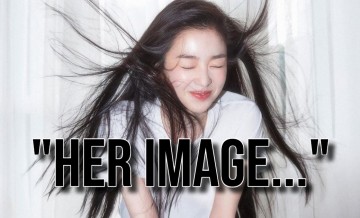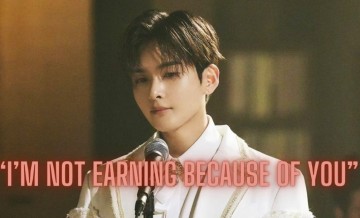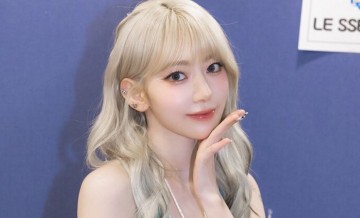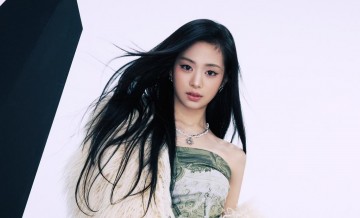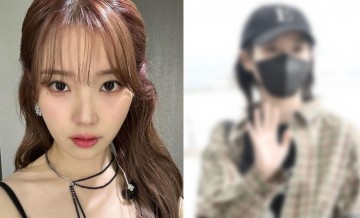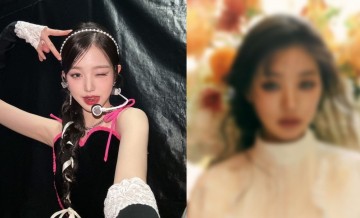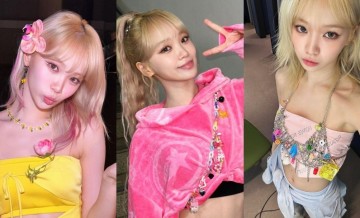K-Pop And The Racism Debate:As The Global Audience Grows, So Does Criticism Over How Artists Use Social Media
Does what a K-Pop artist post on Twitter reflect their true feelings about race?
Miss A's Min joins other artists in Twitter missteps. The necessity has presented itself, for the K-Pop industry to address racial sensitivity or potentially lose the global market.
With a juxtaposed image of American rapper Rick Ross that would be widely accepted, albeit debated by art critics, Miss A's Min reignited the ongoing debate of racism within K-Pop. The explosion in recent years of K-Pop fans within Europe, North, and South America has created a situation in which audiences who are accustomed to political correctness are shocked by the racial insensitivity that is often exhibited by K-Pop artists. Within the United States, where celebrities like Paula Deen are held instantly accountable for their racial missteps, it is incomprehensible that posting black face photos to Twitter or a photo of Rick Ross prone on the ground like a dog would be acceptable. This sense of cultural misunderstanding creates a situation which if not addressed by the industry, will continue unabated.
As the Korean entertainment industry continues to set its sights on an international market, one beyond Asia alone, cultural sensitivity classes need to be included in the curriculum taught to trainees during their rigorous training. However, the problem appears to be most prevalent amongst artists who are firmly established within their agencies.
In April 2013, Yesung of Super Junior posted a photo where he was black face cosplaying Nick Fury from X-Men on Twitter. In July 2013, prior to his KCON performance with hip hop artist Missy Elliot, G-Dragon posted a photo that was later revealed to be from his hyper stylized video, "Coup D'Etat". At the time, speculation surrounded the photo as it came on the heels of the controversy surrounding vigilante George Zimmerman, who was acquitted for murdering a hoodie clad African American teenager.
In the situation surrounding Min's Twitter post, not only can the image which places the head of Rick Ross on the body of former Wonder Girl's member Sunmi, but it can be construed as a meanspirited jab at a former JYP Entertainment labelmate. The mean girl nature of the photo towards Sunmi did not go unnoticed by Korean netiznes. This is an interesting aspect of the photo: not only was it what most would consider to be racist, it shows that Min may have illwill towards Sunmi.
Part of the complexity of all three situations is the fact that these photos were placed on Twitter by the artists themselves. As the K-Pop industry scrambles to reach global audiences, more Korean artists are turning to Twitter to establish bonds with their international fan base. Whereas mediums like Naver and me2day cater to a Korean language audience, Twitter is widely used by the international fan base and is an established way for K-Pop artists to quickly spread information. If controversial situations caused by the artists continue, agencies may decide to strongly regulate the way in which artists interact with fans. Perhaps, all K-Pop artists need to heed the message stated by BigBang's Seungri on his Twitter account: Once the tweet goes out, it can't be taken back.





